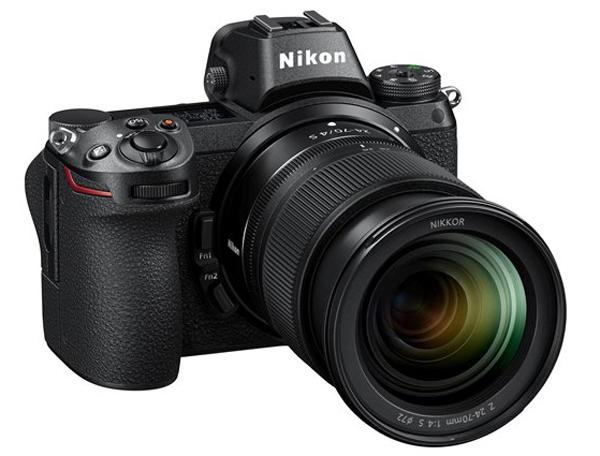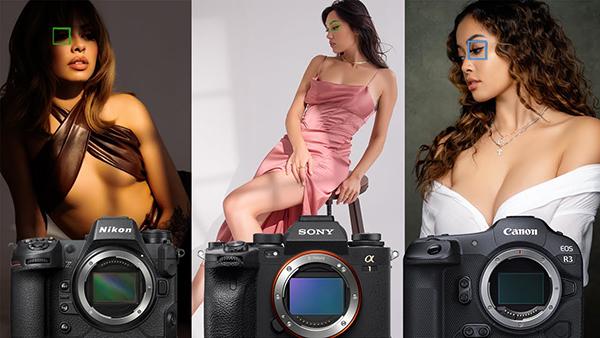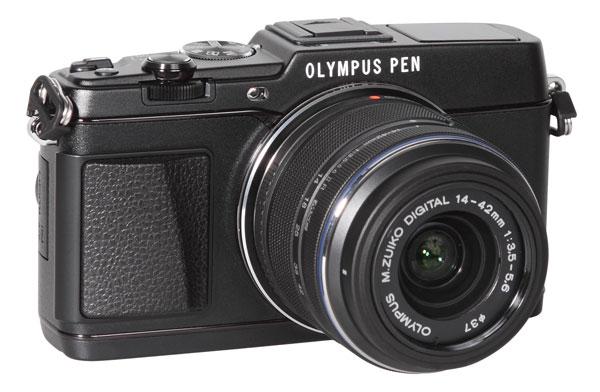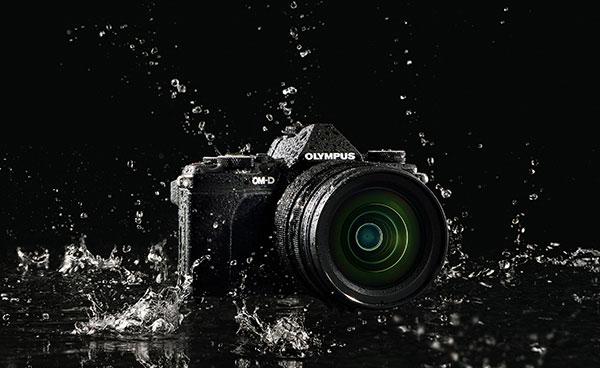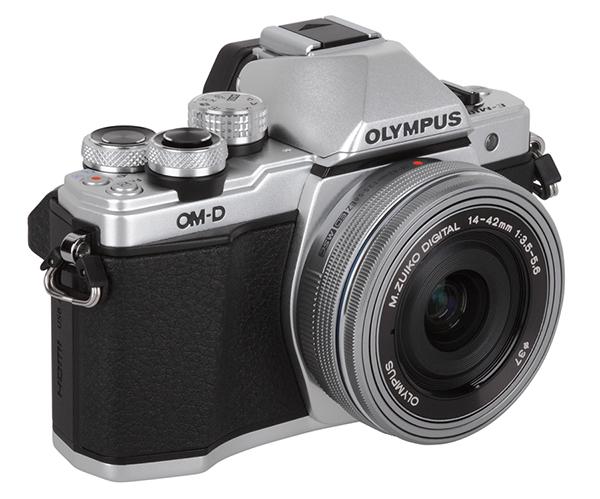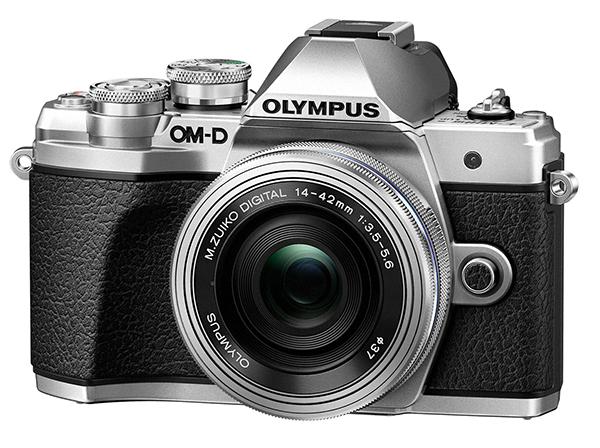Mirrorless Camera Reviews
Sort By: Post DateTitle Publish Date
|
Aug 06, 2018 |
|
Jan 18, 2021 |
|
Oct 01, 2020 |
|
Jan 03, 2020 |
|
Dec 06, 2018 |
|
Feb 27, 2019 |
|
Apr 26, 2022 |
|
Mar 07, 2014 |
First Published: Jan 01, 2014 |
|
May 03, 2012 |
First Published: Mar 01, 2012 |
|
Feb 04, 2015 |
|
May 09, 2017 |
|
Apr 21, 2014 |
First Published: Mar 01, 2014 |
|
Oct 13, 2015 |




